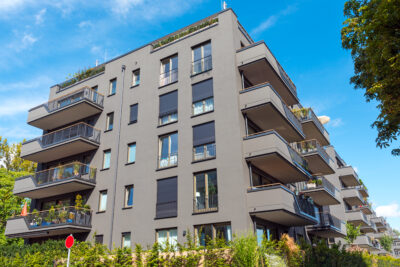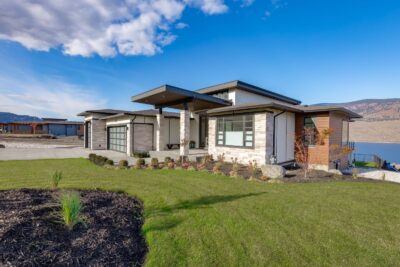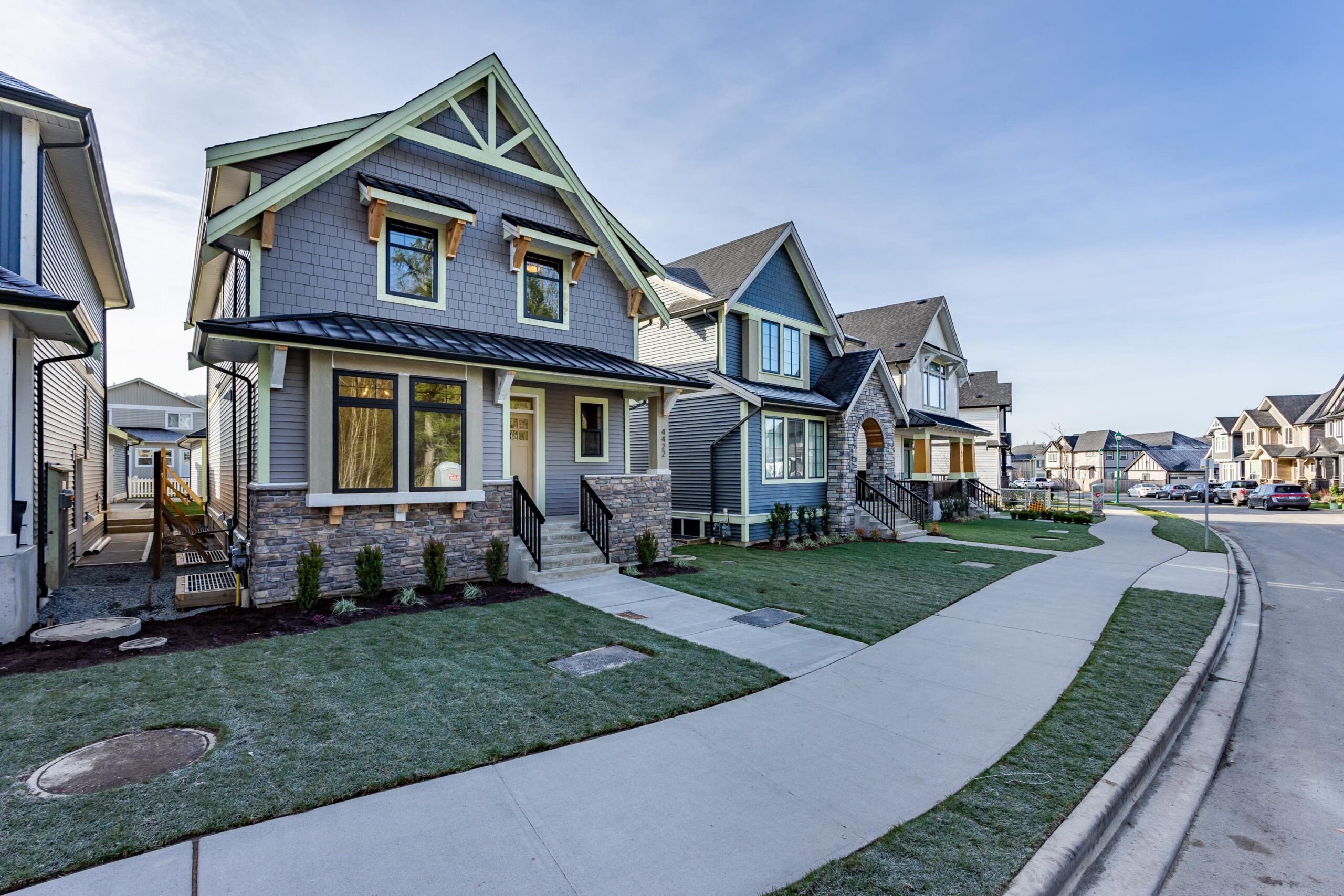
If you’re considering building or buying a new house, it can feel dizzying to try and choose between the various home types of new construction homes.
New construction homes: what’s the difference between a custom, spec, and semi-custom home? Let’s find out.
Custom vs. Designed vs. Spec Home—What’s The Difference Between The Different Types of New Construction Homes?
Custom, semi-custom, spec, show, and model home are terms that aren’t always clearly defined. Sometimes they seem to describe the same thing! Certain builders of new construction homes may specialize in a few types while others may specialize in only one.
What’s the difference then between the various types of new home and how do we know which is right for us? Homebuyers can make the right choice with our guide to new construction homes.
We’ll start by defining the different types, go into the pros and cons of each choice, and then finish with straightforward advice on how to choose between the different options.
In 2021 alone, there were 9,166 new construction homes built in BC. How do you choose the right new home builders? What should you consider between the different types of new single family home construction?
Let’s begin with custom homes.
The Custom Home: A Personalized Touch to New Construction Homes
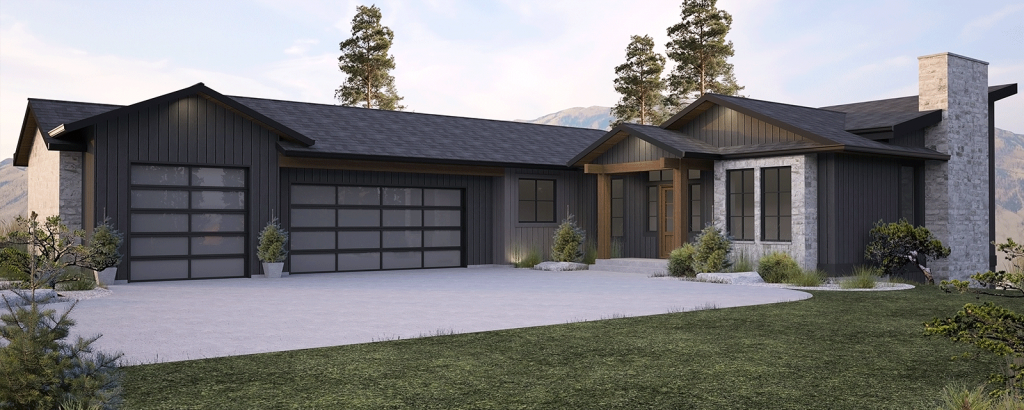
If there was ever any doubt about our obsession with custom home building, home design, and new construction homes, we need to look no further than our favourite lifestyle channels.
HGTV Canada, for instance, has a slew of popular shows on finding your dream home, building your dream home, and renovating your current home into your dream home. Here’s a tiny sampling:
- 100 Day Dream Home
- A Bryk at a Time
- Fixer to Fabulous
- Flip or Flop
- House Hunters
- Island of Bryan
- Rock Solid Builds
- Scott’s Own Vacation House
- Trading Up with Mandy Rennehan
While few of us will end up as a guest on one of these shows, it doesn’t stop us from imagining what our perfect home would look like. For those of us who can make our vision of a dream pad into a reality, the custom home is a way to go.
So what exactly is a custom home and how can a homebuyer go about building one? Let’s find out.
What is a custom home?
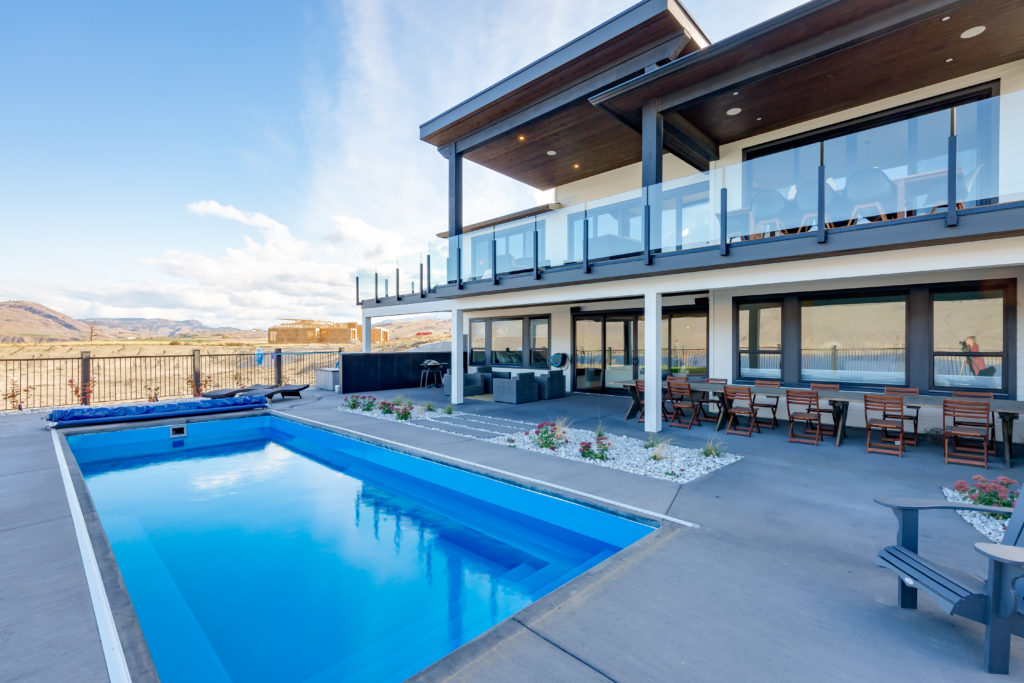
To put it simply, a custom home is a home you build from scratch. It’s a property that never existed before. Everything from the lot to the floor plan to the interior design is brand spanking new.
The best part: a custom build fits the needs, wants, and wishes of the homebuyer. Hurrah!
A buyer can tailor every detail of a custom home. The future homeowner plays a role in nearly every decision related to the building of their residence—from its location to its layout to its extensive list of features.
A custom home project allows a buyer to work directly with a homebuilder, and either their own architect or theirs, to plan, design, and build every detail of a residence—and we mean every detail.
A buyer can design a custom home uniquely for them
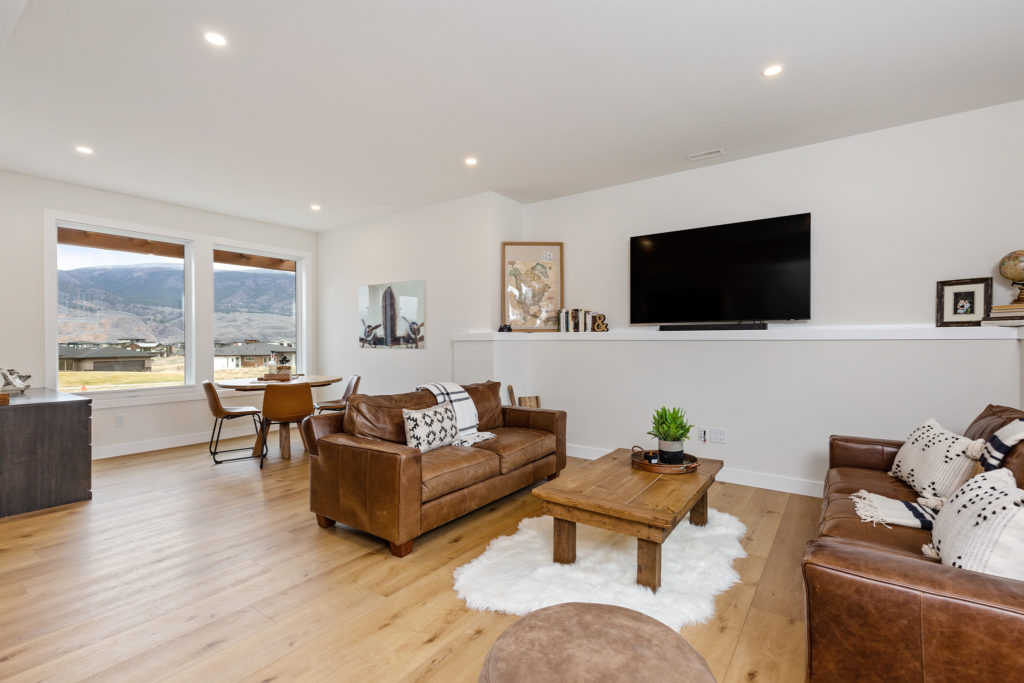
From lot selection to groundbreaking, layout and floor plan, paint finish and colour palette, the home buyer is responsible for selecting everything right down to the smallest detail—even the carpet weave.
This option is perfect for those who have the money to afford the luxury of building their forever home exactly as they want it.
A home that’s uniquely yours, that represents your style, and that offers exactly what you need? Sign us up!
Hold on a minute.
Even a custom home build must have its drawbacks, right? The answer to this question depends on how you look at it.
Case in point: the number of decisions that need to be made when building a custom property. We’ll discuss those next.
Decisions, decisions, decisions: What you need to decide when building a new custom home

What types of decisions will need to be made when building a custom home? Here’s a sampling of the major ones a buyer will be responsible for:
Questions about location and need
- Where would you like to live? What’s your ideal location?
We’ve all heard the adage: location, location, location. We should just rephrase that classic quote a question instead to urban, suburban or rural living. Has a ring to it, doesn’t it?
A higher budget doesn’t matter as much as where a made-to-order property ends up being built. The buyer needs to love where they’ll be living.
We recommend scoping out and researching locations before going too far down the tailor made road.
Whether you love the big bustling city life of infinite bars & cafés, close-knit small town charm or a tranquil rural outdoor lifestyle, it’s best to decide on how you’ll want to spend most of your spare time unwinding.
- How long do you intend to live in the home? Do you plan on retiring there?
If you plan on retiring in your home, you’ll need to consider long-term accessibility. The way you design hallways, doorways, stairwells, walkways, entryways, and bathrooms will be different than if you intend to sell the home before you retire or live there as long as you can.
- How many people will live in the home?
A home for two adults will be designed very differently than a home for a larger family with kids and teenagers.
From the number of bedrooms to the number of outlets at the kitchen island, the number of residents will influence what’s needed—and what isn’t—in a home’s final design.
Questions about style and use
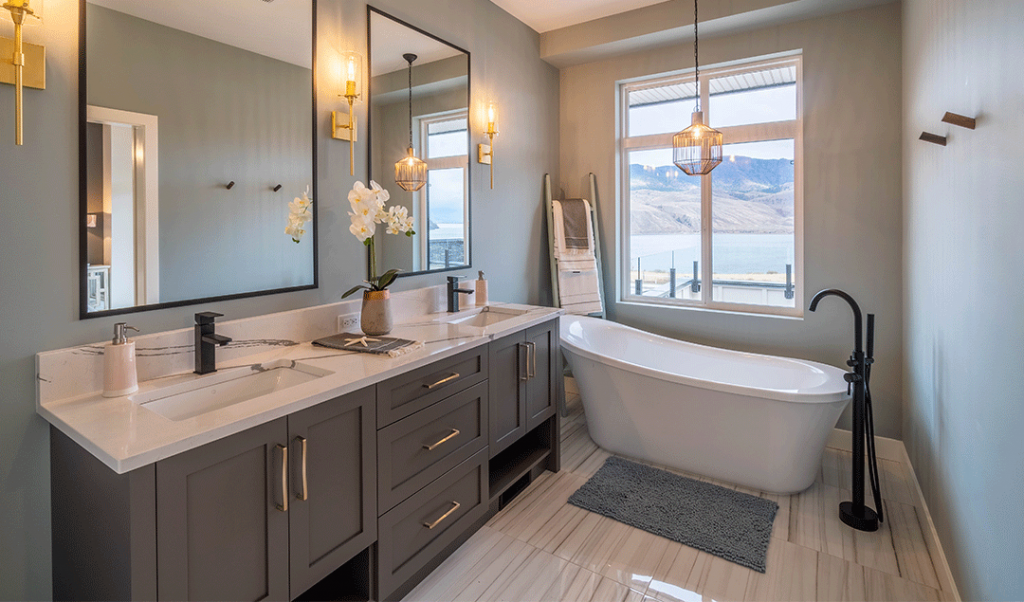
- Which rooms do you currently spend the most time in, or wish you did?
Love to cook? Have you been dreaming of a writer or an artist studio? Do you love to tinker on cars? How about the time you spend outdoors—would you like to enhance it?
The answers to these questions will determine where you should put your money and attention when designing your ideal residence.
If you prefer cooking over bathing, probably best to invest in upscale appliances, durable countertops, and upgraded cabinetry versus a more expensive bathtub.
- What do you value in a residence?
Is building an energy efficient home important to you? Then incorporating higher R-value walls and windows will be a must. So will the level of insulation and the type of roofing.
Are sustainable materials a must? Then you’ll want to choose a builder who can source reclaimed and recycled materials.
- What’s your style? What are your tastes in exterior and interior design?
Do you prefer mid-century modern over farmhouse? Scandinavian over Craftsman? Do you want open and minimalist or is your overall style more lavish and embellished? Your preference in interior design will direct the cost and timeframe of your custom build.
Questions about priorities
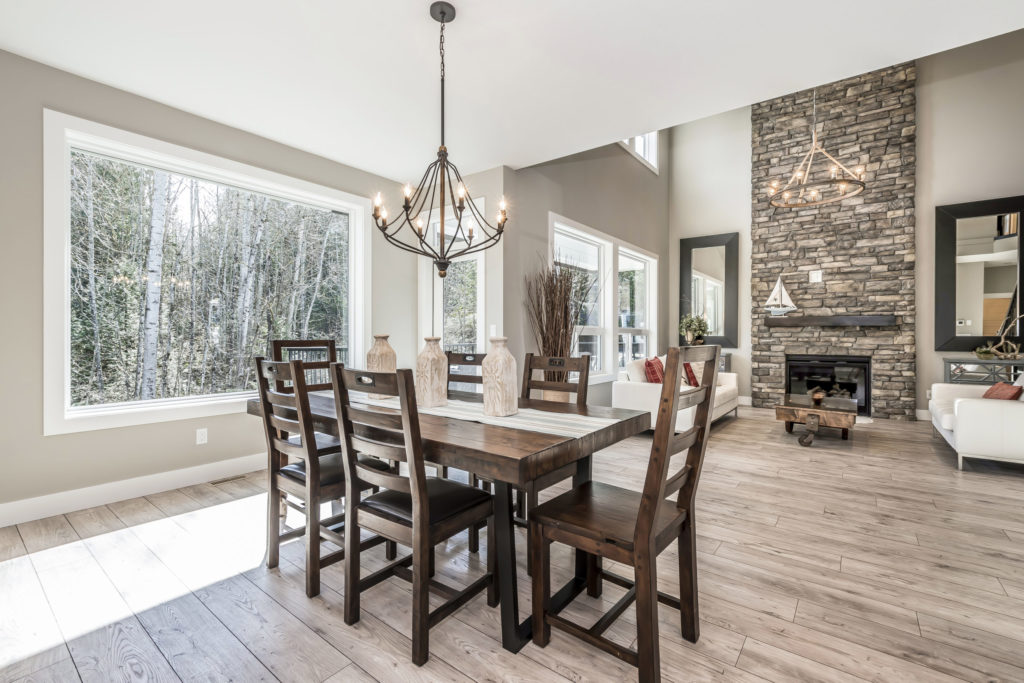
- What’s important to you in a home? Where are you willing to compromise and where are you not?
Even with a bespoke build, compromises will have to be made on features, layout, and materials. Every project has a budget. You may want floor to ceiling windows in the stairwell, for example, but the weight and cost may mean they’re not possible.
Now that we’ve discussed some of the decisions homeowners will need to make when going custom, we’ll cover the positives and negatives of choosing a bespoke home.
The pros and cons of building a custom home
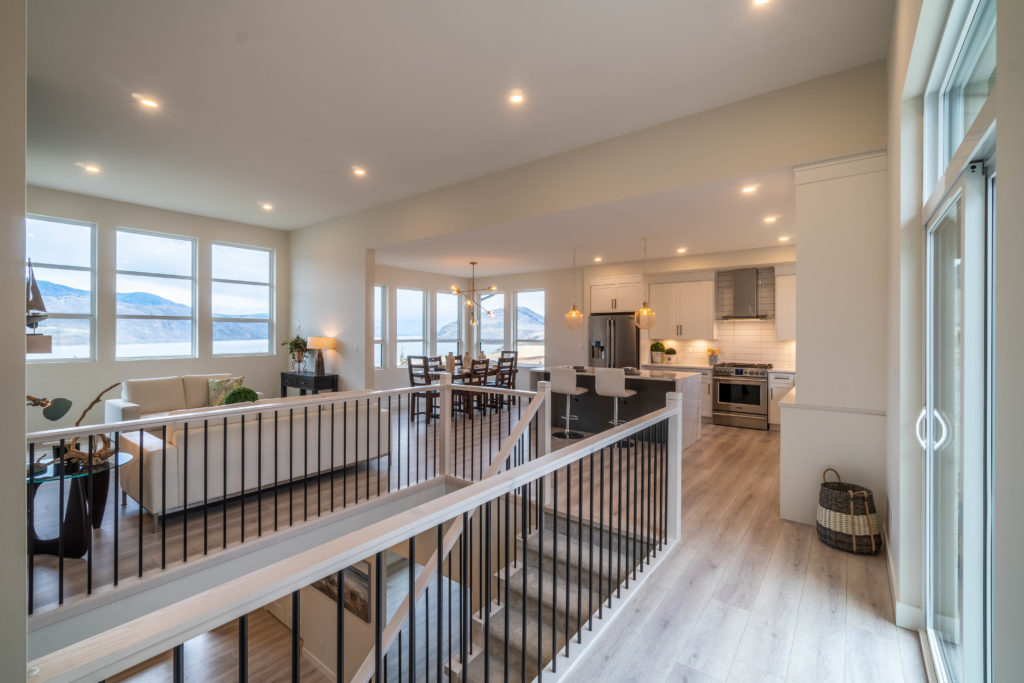
What are the advantages and disadvantages of going custom? We’ve listed a few below.
Pros
- Hands-on: Ideal for detail-oriented people who want to play a big part in the overall process. Homebuyers will work directly with their builder, architect, interior designer, and landscape architect on every aspect of the construction and design process.
- Decision-focused: Perfect for those who consider themselves decisive, who know what they want, and who are generally not willing to compromise on their vision.
- Tailored: A custom home reflects the homeowners and is built to their tastes, style, and specifications.
- Financial control: A home buyer sets their budget and builds a home that fits that amount, not the other way around.
- Design input: As with the budget, a buyer will have complete control over the look and feel of the property.
- No surprises: A homebuyer will know exactly what they’ll be getting and how much they’ll be paying for it when they work with an experienced custom builder.
Cons
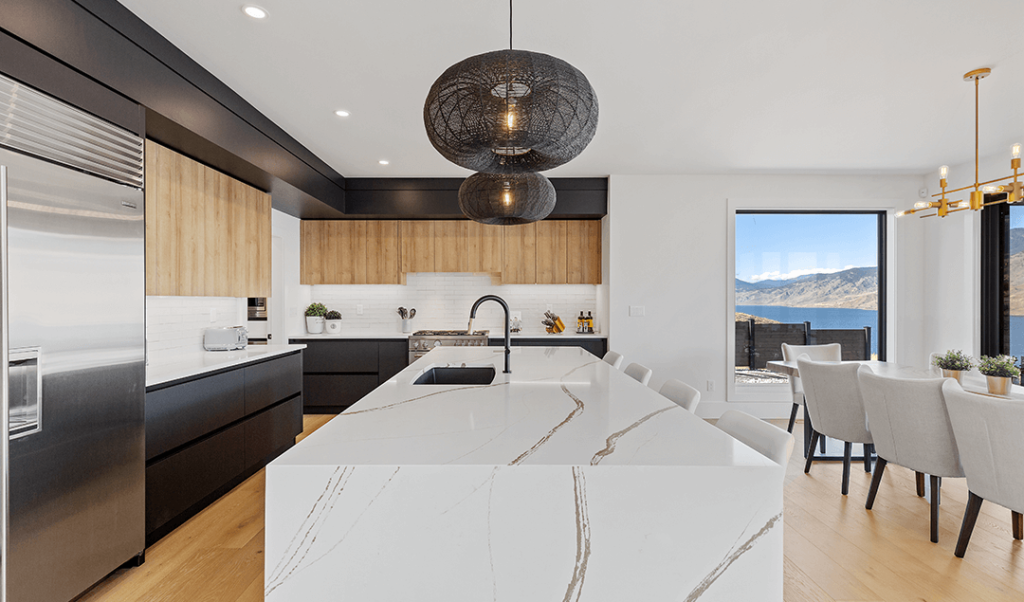
- A bigger investment: The building of a custom home requires a much larger investment in time, money, and energy than buying a semi-custom or show home.
- Decision fatigue: While it may sound nice to be given the choice of, well, everything, the fact is that after deciding on the colour of the tile, the location of every electrical outlet, the type of insulation to use, etc., et.c, the myriad of choices can weigh on a person.
- A longer timeframe: Custom builds by their very nature take much longer to build than luxury, pre-designed versions. Expect to spend upwards of a year building a custom property depending on the location, size, and scope of the project.
- Risky for resale: Depending on the size, lot, location, customizations, and style, a custom home can make a risky investment when it comes to resale. Because it’s built uniquely for the owner, it can be challenging to find another wealthy buyer that has the same taste and needs.
The Luxury-Designed Semi-Custom Home: The new kid on the new construction homes block
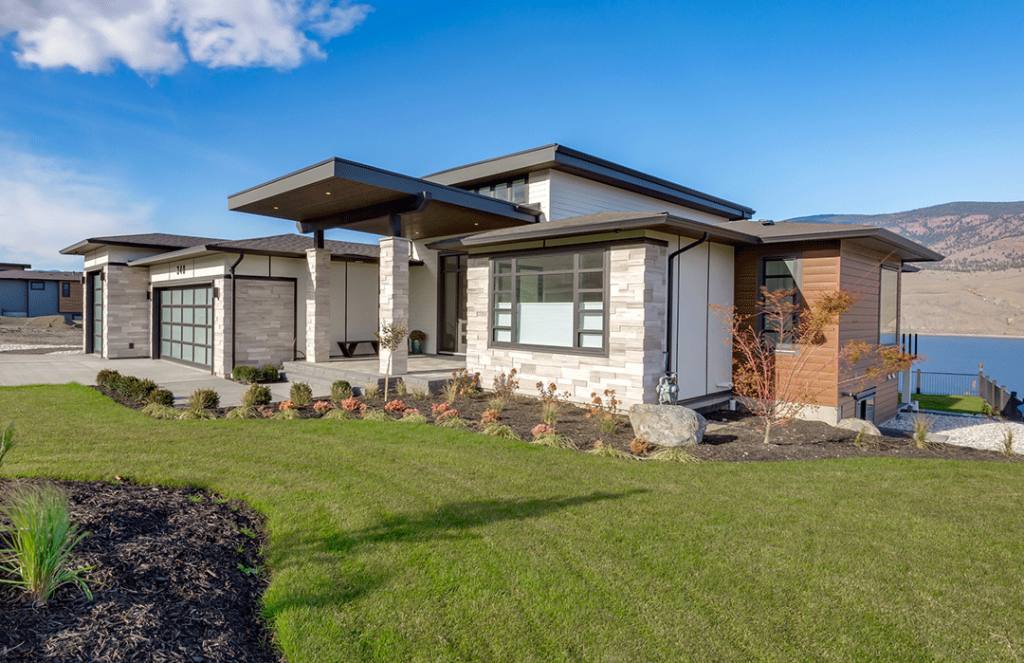
What if your dream of building a custom home isn’t possible right now because of budget constraints or timing? What if you need to move in quickly and require a faster possession date?
The solution: a luxury-designed semi-custom home.
Ever heard of a luxury-designed home before? We bet you have, only by another name. Keep reading—we’ll define this type of property next.
What is a luxury-designed semi-custom home?

A luxury-designed semi-custom home is an option that allows homebuyers the freedom to customize some, but not all, of the details of their new property. Certain features and details are predetermined while others can be tailored to the homebuyer’s wishes.
At Cressman Homes, for example, we help buyers adjust one of our pre-designed home packages to give them a cost-effective dream home.
Designed homes offer the dual advantages of purchasing a home that’s closer to move-in-ready with customization options without the responsibility and time required to design one from scratch.
How does the semi-custom home building process work?

If you’re looking to go the luxury designed route, the design and construction process often work this:
- Step 1 – Location: The homebuilder secures lots homebuyers can choose from,
- Step 2 – Selection:The buyer selects a pre-designed home package—including a floor plan, materials, and finishes—that works with their preferred lot (or the other way around),
- Step 3 – Customization:The builder and buyer work together to tailor the design of the selected package to match the buyer’s taste and style, and
- Step 4 – Construction: The builder takes the adjusted design and builds the home on the buyer’s selected lot.
If you have a clear vision for your new home but aren’t interested in spending the time and money needed to fully customize it, a semi-custom home might be the perfect fit.
The pros and cons of going with a luxury-designed semi-custom home
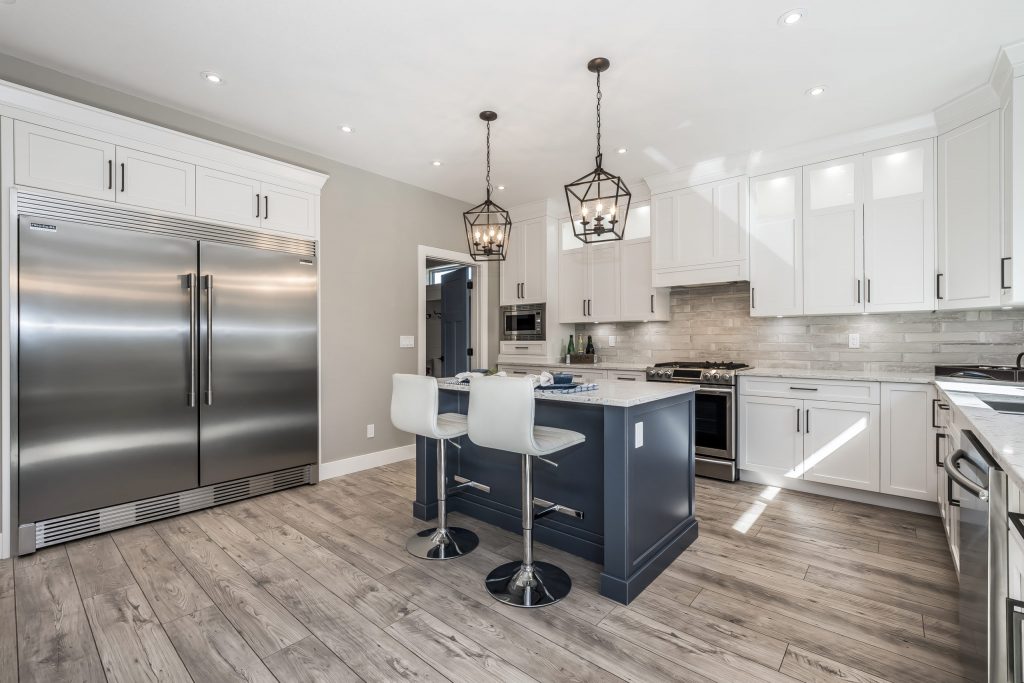
Pros
- A more affordable luxury option: because pre-designed homes are almost ready-to-build with fewer customizable options, this translates to a considerable savings compared to a fully custom home of the same size and specifications.
- Fewer decisions: a designed home package arrives with many of the major decisions having already been made for the buyer.
For example, materials such as the roofing choice, windows and doors, and exterior finishes are often pre-selected. There may also be a few choices available for colour palette and interior design styling.
- Faster possession: Because the home is semi-custom, materials have been sourced in advance, and fewer decisions need to be made, the possession date will be much faster than with a custom build.
Cons
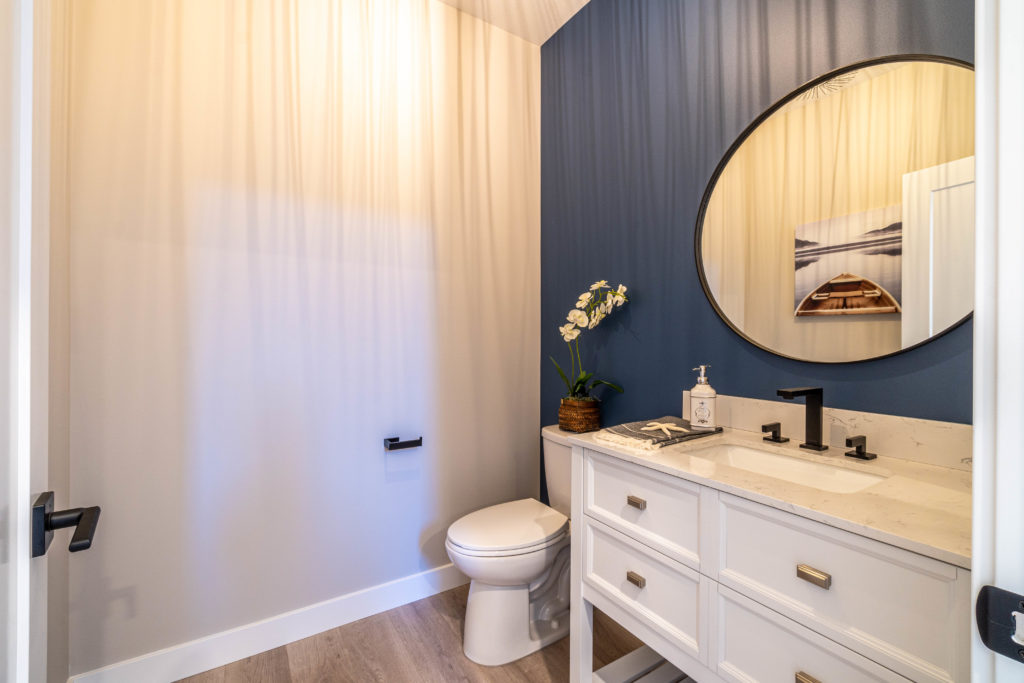
- Fewer customization options: This point can be a pro or a con depending on how you look at it.
Like when selecting a new car, a buyer will enjoy a savings on last year’s model but will have to go with the limited options that are available. They may not get the colour or trim package they want but they’ll save money. Same goes with a luxury designed home.
- Much less control over layout: With a designed home package, big decisions like square footage and number of rooms are already set. Although there may be some flexibility in altering these two details, the ability to adjust them will be minimal.
- Less choice over location: Certain semi-custom home builders purchase a large number of lots in a master planned community and then offer those for their designed homes. If they’re building in, say, a specific area of B.C. Southern Interior don’t expect to be able to take one of their home packages and ask them to build in Central Alberta.
The spec home: the best of both worlds
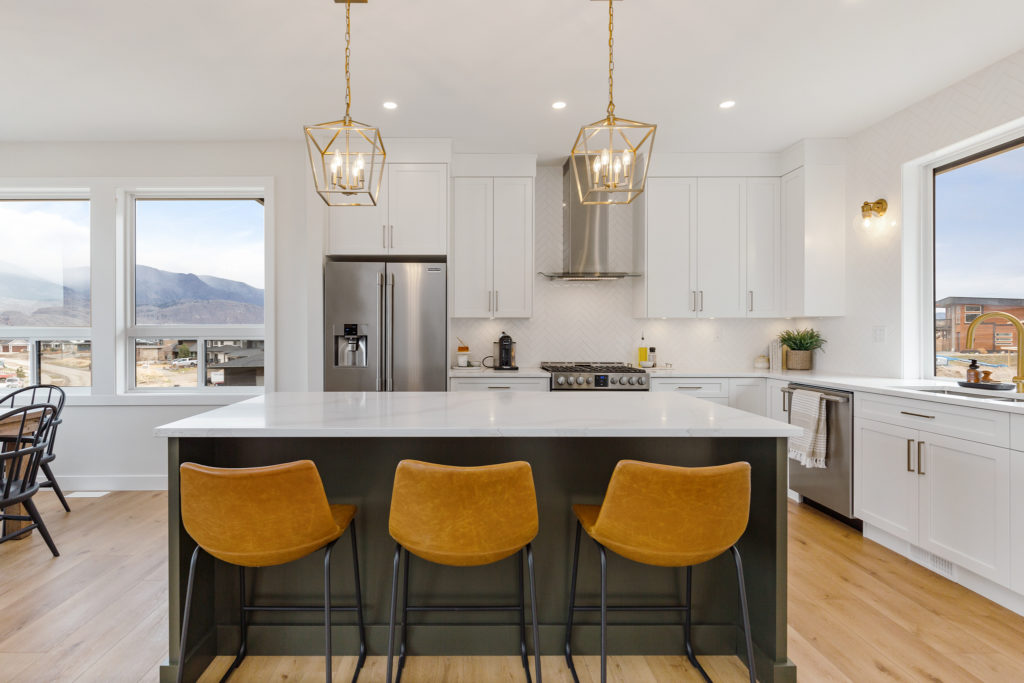
What if you want to move ASAP? Or, maybe you’re the type of person who likes a hands-off approach.
If you’d rather not have to make any decisions when buying a home—except for when to pay and move in—we’ve got the answer: the spec home.
What is a spec home?
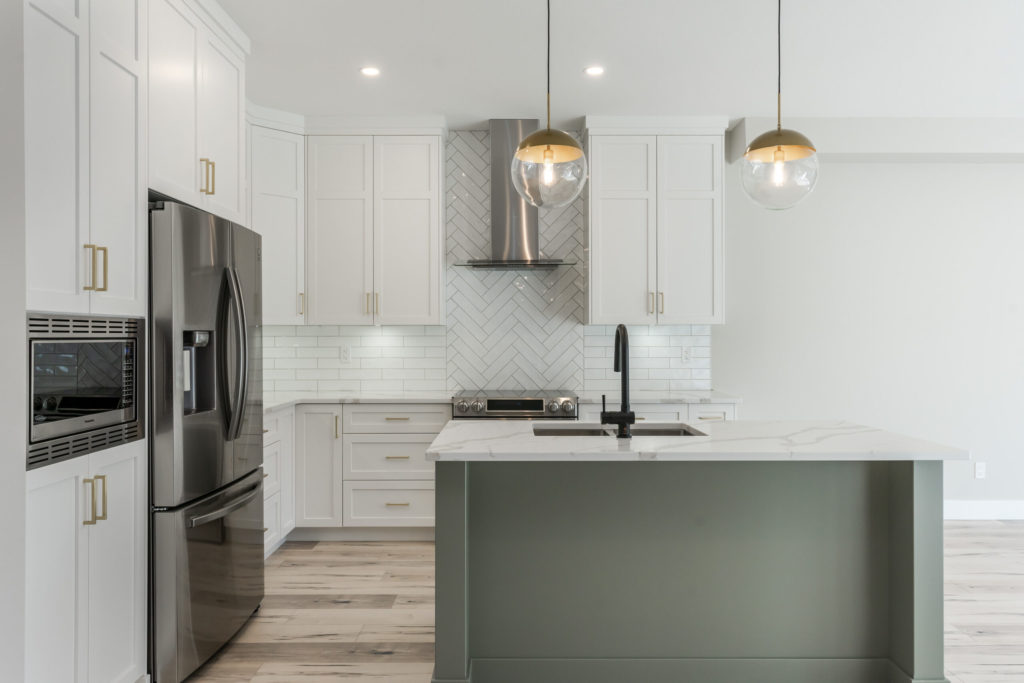
It’s common for home builders to build move-in ready homes called speculative (or spec for short) homes. These homes are built to give potential homebuyers an idea of the type, style, and level of craftsmanship offered by a particular builder.
A spec home is built without a specific owner involved. They’re built to appeal to the average person.
Depending on when a buyer gets involved in the purchasing of a spec home, they may have the option to choose a few minor details like lighting fixtures, colour scheme, and hardware finishes.
Pros and cons of choosing a spec home
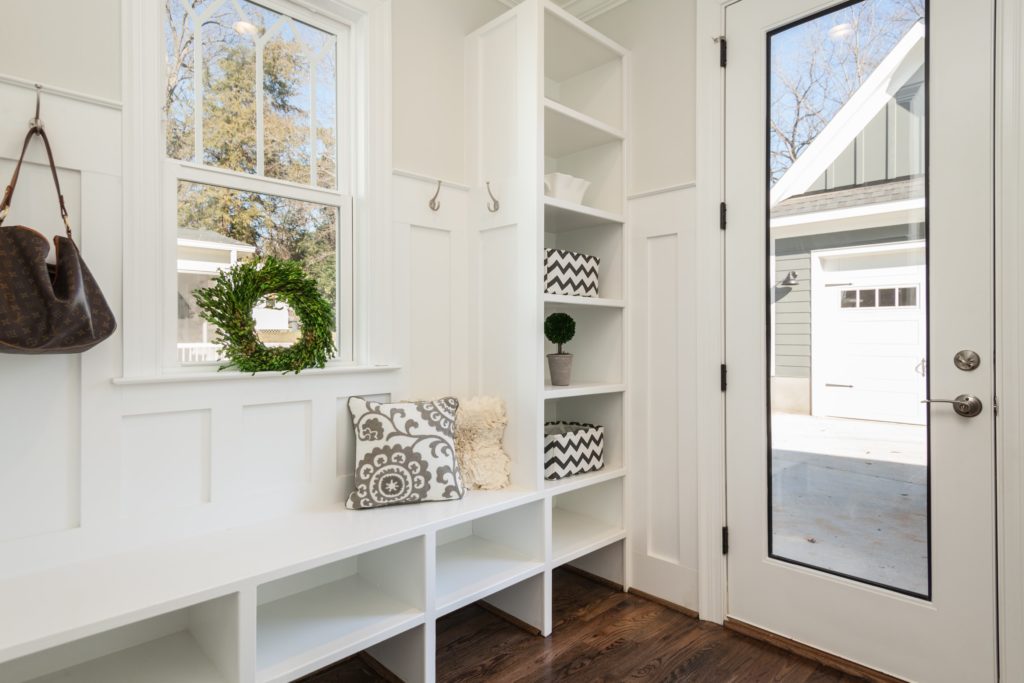
Pros
- Few or no decisions needed: If you aren’t interested in the process of customizing a home from scratch and if you prefer to buy ‘off the rack’ so to speak, a spec home is ideal.
- Move-in-ready: Need to move in next month? It can happen with a spec home.
- Excellent investment: Because spec homes are designed to appeal to the largest possible audience, they make excellent investments compared to a very unique custom home. They’re rarer than a model home which will make it more appealing if it ever goes on the market.
Cons
- No tailoring: What you see is what you get in a spec home.
- No control over cost: Because the home is already built, the lot was pre-selected, and the exterior and interior finishes have already been chosen, a buyer has no control over the price point.
The Show or Model home: the familiar choice
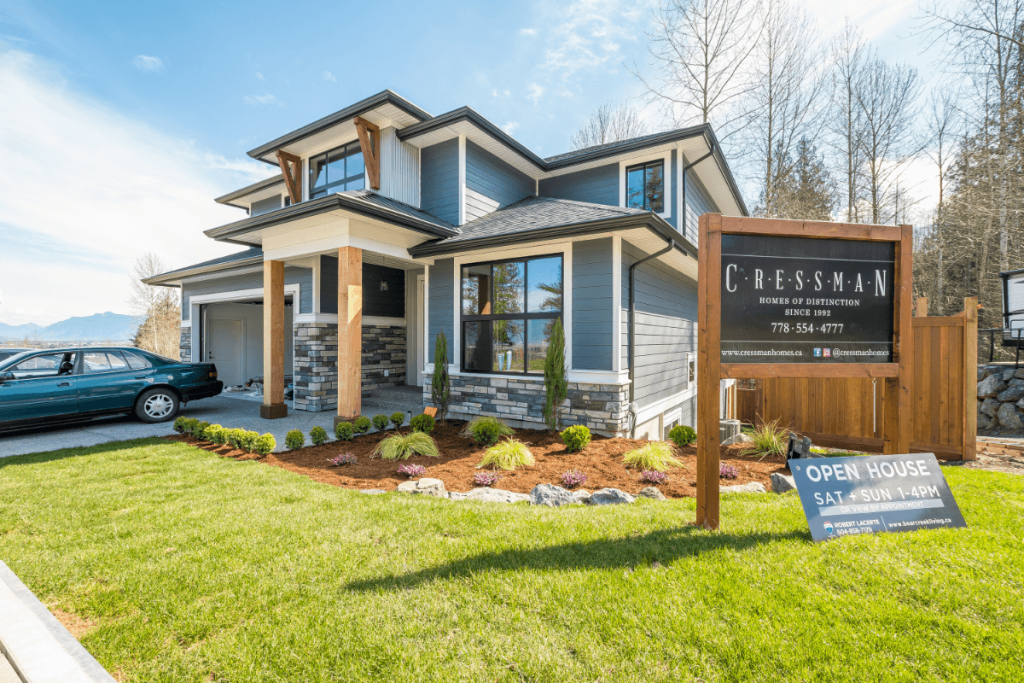
Out of all the new construction homes we’ve mentioned, people are most familiar with the model home.
Who out of us hasn’t taken a lazy weekend afternoon to stroll through show home open houses? There’s no better way to dream up a home renovation, interior design refresh, or furniture remodel.
What is a show or model home?
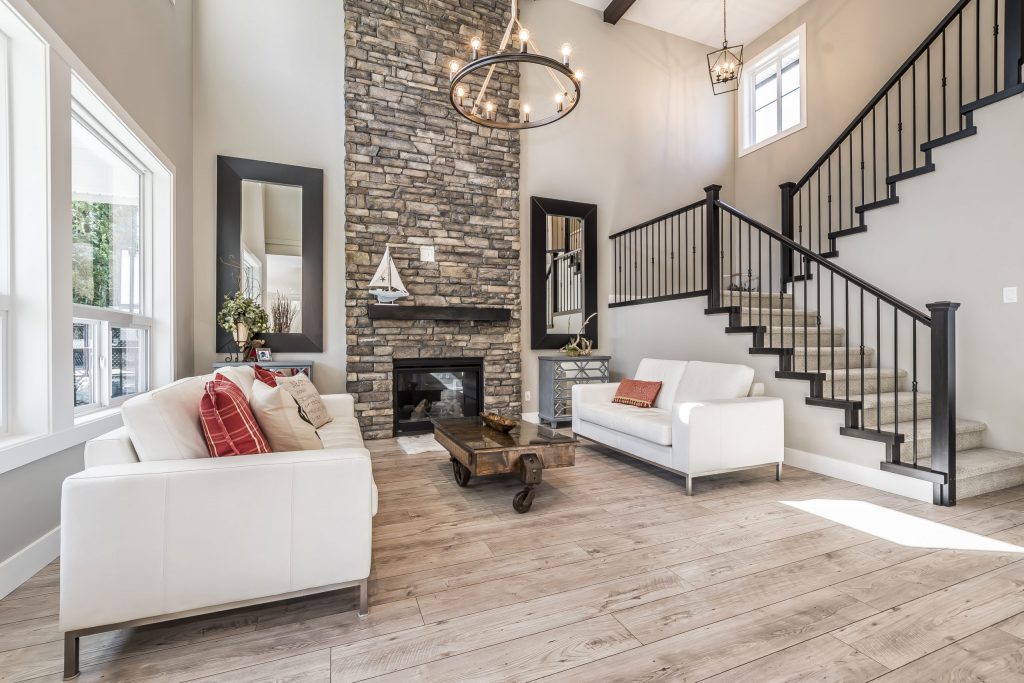
Show homes are similar to spec homes in that they’re built in advance and without a buyer.
Unlike spec homes, model homes are often built in bulk to highlight various floor plans and options.
The model (or show) home has a very strategic reason for being built. Not only do they act as advertising for builders, but they also demonstrate to buyers what’s possible in a new subdivision.
Buyers can use a show home as a jumping off point to build a similar yet slightly tailored property.
Pros and cons of selecting a show or model home
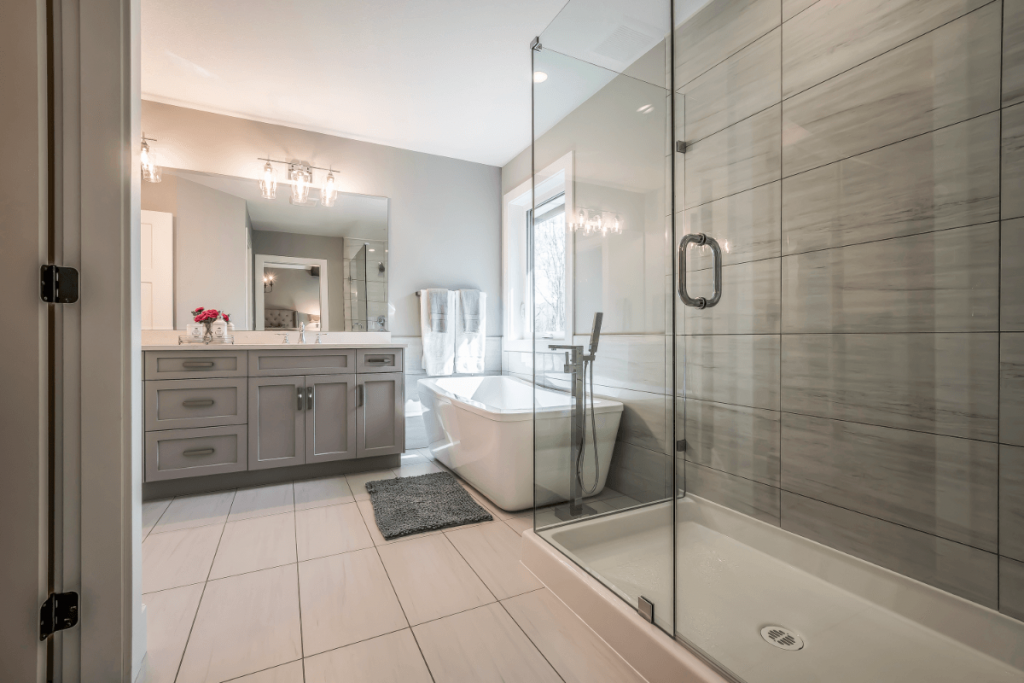
Pros
- Few or no decisions needed: Depending on whether someone buys the show home itself or a property based on it, they’ll have few options for customization.
With the show home, a buyer is expected to take it as-is. If a buyer builds a comparable home based on a model home, they can then choose exterior and interior colours, pre-selected palettes, and finishes.
- Decent investment: Because model homes are designed to appeal to the most people, they make a decent investment.
Having said that, because they tend to be more common, this can be a drawback for resale value.
- Very affordable: Like when buying the floor model of an appliance or a piece of furniture, buyers who purchase a show home can often negotiate on price.
Builders will either sell their show homes last after new communities sell out or sell them in advance and let them go at a lower price. Either way, the buyer benefits.
Cons
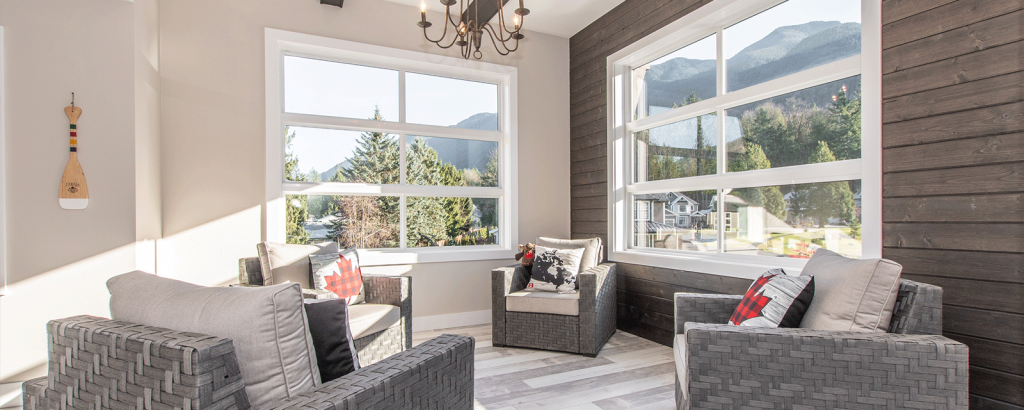
- No tailoring: What you see is what you get—with the exception of building from show home specs.
- Little control over cost: Because the developer and builder pre-design the type and style of homes ahead of time, the homebuyer has little choice. This extends to the budget they’ll have to work with to get into the new community.
- No control over location: The builder purchases a subset of lots in a new community to build on. Early buyers have their choice of lots within that subdivision. Stranglers, however, end up with fewer lot choices.
Recap: Options for New Construction Homes
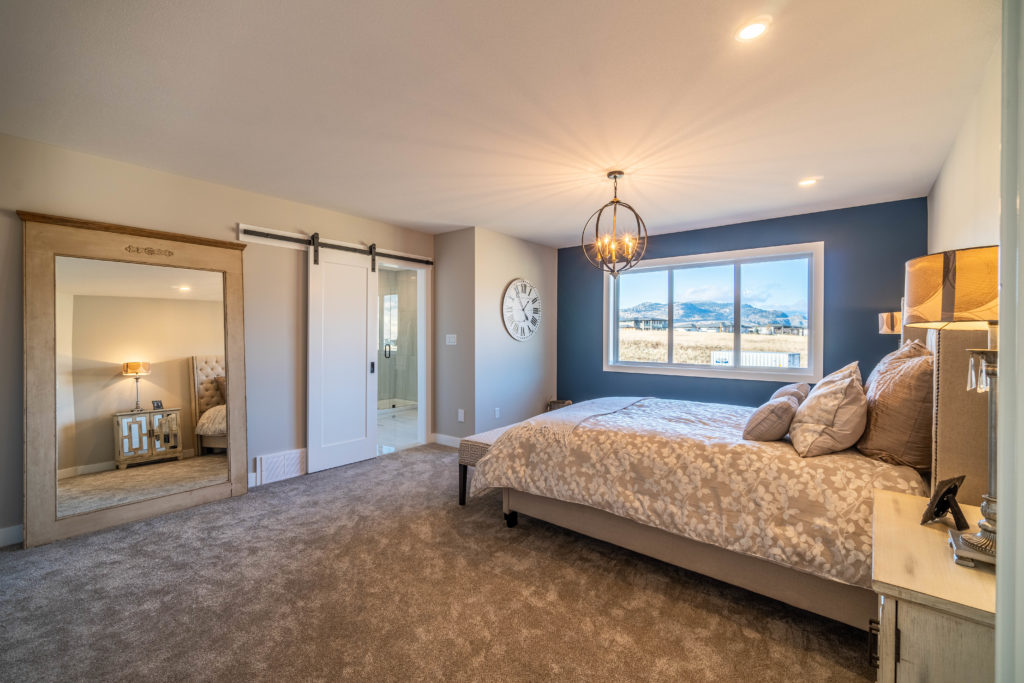
Let’s recap the various types of new construction homes:
1. The Custom Home
The homebuyer has near-total control of everything related to the home’s location, view, layout, size, design, and style.
Because of this ability to customize every detail, custom builds take the longest; they also cost the most. The end result is a home that will arguably be tougher to sell. On the plus side, it’s a true expression of the homeowner.
2. The Luxury Designed, Semi-Custom Home
The buyer picks an existing home package from their builder and customizes some aspects of the floorplan and the design.
Because they are based on pre-crafted plans, designed homes are more affordable and faster to build than a custom home. They still allow owners to tailor their home to their tastes.
3. The Spec Home
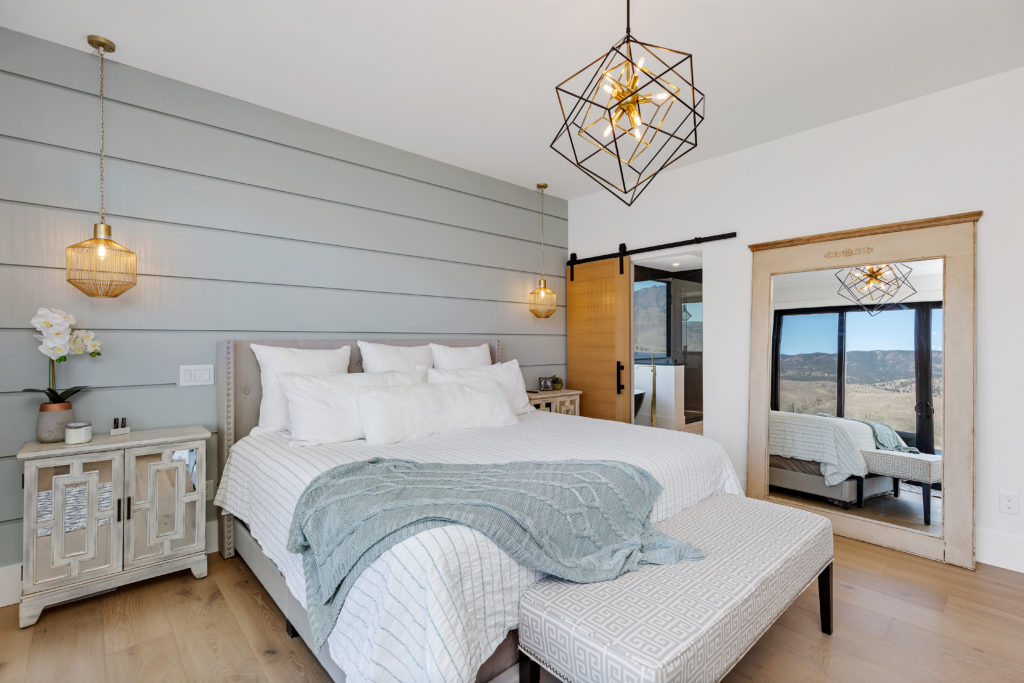
A move-in ready home pre-built by the homebuilder that will appeal to a large number of people. Model homes give potential buyers an idea of the type, style, and level of craftsmanship offered by a particular builder.
Spec homes are a cost-effective way to get a new designer home at a more affordable price. They also ensure you won’t end up with a ‘cookie-cutter’ version of a show home. These homes are great for resale as their appeal to the broadest market while still being affordable and unique enough.
4. The Model or Show Home
A model home is the most familiar type of new home. It’s an example of the type of home you’ll find in a community.
Buyers can buy the showhome itself and have zero control over how it looks. Or, they can buy a home based on it and have the option to choose paint colours, finishings, and other options. Show homes are affordable but also more common which can make them trickier to resell.
New Construction Homes: How To Choose?
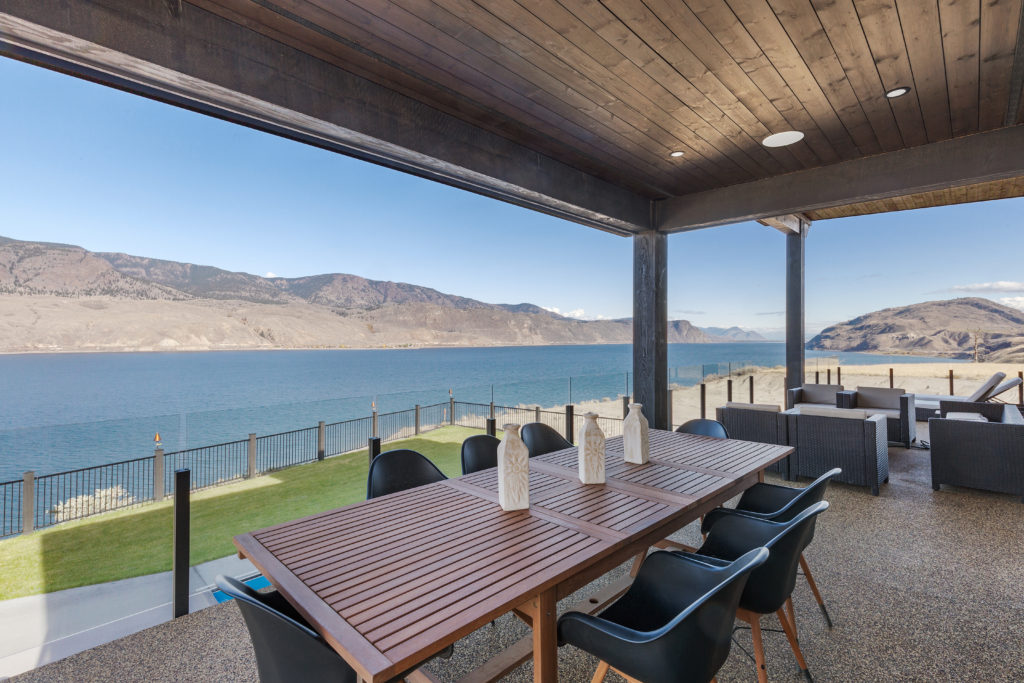
We’ve covered the difference between the various types of new construction homes and the pros and cons of each. Now what?
Which of the various new construction homes should you go with?
When deciding which option to go with, we suggest you:
- Keep an open mind. Explore every option and try not be rigid with one choice or another. You may meet a builder thinking you’d like a custom home only to have your mind changed. Who knows—they may present you with a beautiful spec home that’s everything you wanted in a home.
- Prioritize choosing a reputable, experienced builder over one because their homes are stylish.
- Aim for the best of both worlds: a builder who’s project style is what you’re looking for at a price you can afford.
- Be really honest with yourself about how much time you have to invest in a build. A fully custom home sounds great until you realize your schedule may dictate a designed or spec home instead.
- Timing is everything: If you can wait for your home, this will give you more flexibility and greater options.
Finally, never allow yourself to be swayed. Just because a builder is offering a great deal on a model home doesn’t mean it needs to be yours.
A new home is one of if not the biggest investment of your life. Take your time to make a choice that you’ll be happy to live with—and in—for the rest of your life.
New Construction Homes—Next Steps
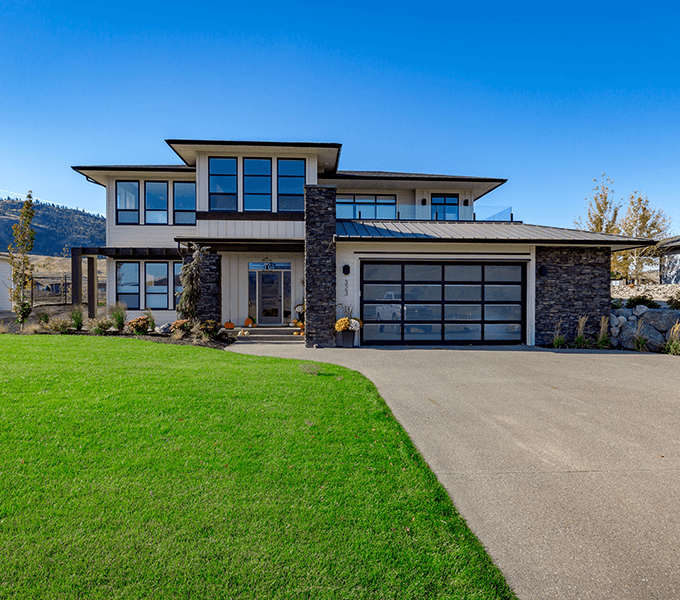
Are you dreaming of new construction homes, perhaps of buying a custom or luxury semi-custom property? Would you like more information about the design and construction process?
Contact us to book a consultation. We’d be happy to answer your questions and help you decide which type of Cressman Home is best for you.
Book a consultation today—and let Cressman Homes show you the possibilities for building a brand new property.

